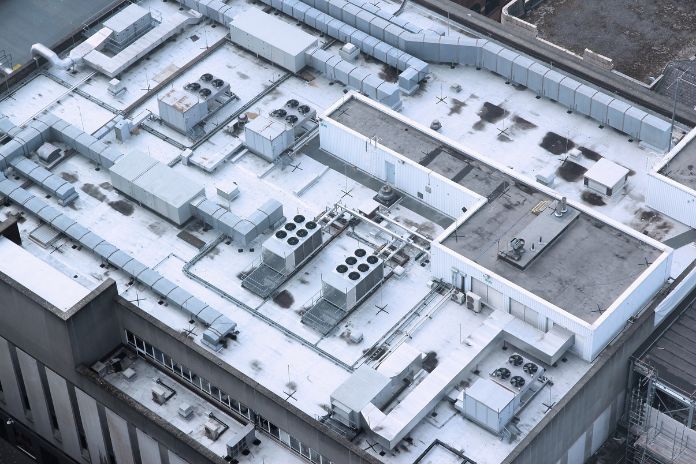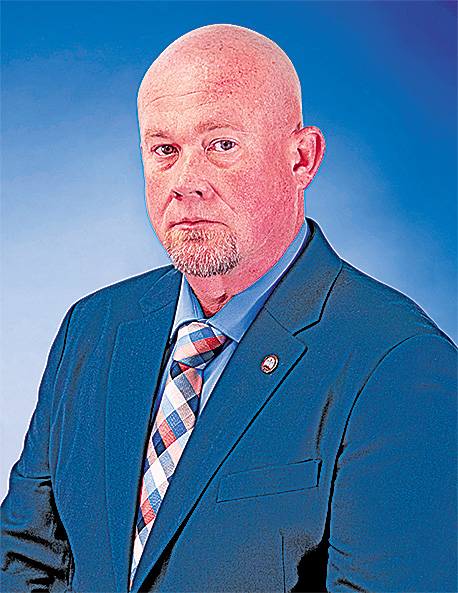
Commercial HVAC systems are workhorses that keep our indoor environments comfortable and our businesses running smoothly. They regulate temperature, humidity, and air quality, while supporting the health and productivity of those inside. However, misconceptions about these complex systems can lead to poor decisions, unnecessary costs, and subpar performances. Let’s debunk some of the most common myths about commercial HVAC systems to help you make more informed choices.
Myth 1: Bigger Is Better
A common misconception is that larger HVAC systems always deliver better performance. The truth is oversized HVAC units are just as problematic as an undersized units.
Oversizing leads to short cycling—the unit turns on and off rapidly—which causes premature wear and tear. This also results in temperature swings, reduced humidity controls, and higher energy bills. Correctly sizing an HVAC system involves a detailed load calculation that accounts for a building’s size, orientation, and insulation.
Myth 2: HVAC Maintenance Is Optional
Many people believe regular maintenance is optional. Unfortunately, neglecting HVAC systems will cost more in the long run. Dust and debris can accumulate on coils and filters and reduce efficiency and air quality, while worn-out components can lead to breakdowns.
Routine maintenance not only keeps your system running at peak efficiency but also extends its lifespan—a solid investment in long-term HVAC performance.
Myth 3: All HVAC Systems Are the Same
Not all commercial HVACs are the same, and each one serves its fundamental application and offers benefits. For instance, packaged units are great for small- to medium-sized spaces, rooftop units offer space-saving benefits, and chillers are ideal for large buildings.
Understanding these distinctions is crucial when selecting a system that fits your building’s requirements and operations. This knowledge improves comfort, energy savings, and a more durable system.
Myth 4: Closing Vents Saves Energy
The notion that closing vents in unoccupied rooms saves energy is common. However, it’s a myth that leads to serious inefficiencies. Most HVAC systems operate under specific air pressure conditions, and closing vents can disrupt this balance. These issues lead to air leaks, ductwork imbalances, and increased strain on the unit.
An easy way to ensure efficient operation is through HVAC system balancing, which involves adjusting dampers and other components to optimize airflow.
Myth 5: HVAC Systems Don’t Need Upgrades
Some businesses stick with outdated HVAC systems to reduce overhead costs. However, technological advancements increase the energy efficiency in modern systems.
Upgrading to newer equipment can offer substantial long-term savings on energy bills and provide access to features like smart controls. These features offer greater flexibility to monitor or adjust conditions remotely. Recognizing when to upgrade and the benefits it can bring is crucial in managing your HVAC investments.
Understanding these common myths about commercial HVAC systems can empower business owners and facility managers to make better decisions. By debunking these misconceptions, you can foster a more comfortable, efficient, and cost-effective workplace.







